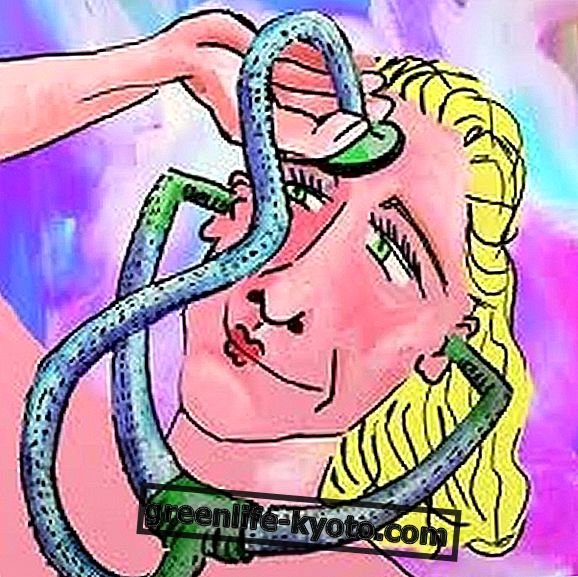
We must go back a few years, not even twenty, to go back to the origins of Shambhala Buddhism.
We will discover in Chögyam Trungpa, father of the founder of this school of Buddhism, a figure in which two particular Buddhist lineages converge: on the one hand the Kagyud, the Himalayan oral tradition, on the other the Nyingma tradition, an ancient Tibetan school .
Chögyam Trungpa was a lama and meditation teacher, artist in various fields, scholar of Buddhist tradition, was one of the most effective diffusers of Buddhism in the West, especially in America where he founded several schools and universities.
In his vision and philosophy, the mythical city of Shambhala represented a perfect, enlightened society, the true purpose of existence.
He then founded a series of practices in order to manifest this collective consciousness: individual illumination for the purpose of escaping existence was no longer enough.
His son is Sakyong Mipham, also a lama both in Kagyud Buddhism and in the Nyingma Buddhism. He currently directs the Shambala Foundation with its schools, monasteries, retreat sites and meditation centers.
Practice of Shambhala Buddhism
The symbol of this religion, a radiant sun yellow, modern version of the ancient svastika, recalls one of the basic assumptions of the founder Chögyam Trungpa: in the world there is an innate radiating source of light, the origin of human consciousness, and this same source it is the origin of the myth of Shambhala, an ideal and enlightened society based on compassion, dignity and the absence of fear .
Shambhala Buddhism is open to people of all beliefs or non-creeds, since it is ultimately a secular approach to meditation .
The practice of Shambhala meditation is rigidly structured in the form of lessons and curriculum through which it is necessary to pass. It starts with a path defined as "the warrior" developing the awareness of being human, the ability to constantly meditate, to control oneself at all times, and to draw joy, determination and wisdom in every moment of worldly life, in other words to become a warrior with an ideal.
A second, more mystical level follows, which begins with the study of the great radiating sun and ends with the awareness of the so-called "golden key".
The basic meditations are very simple: sit in a correct posture, with half-closed eyes, and focus on your breathing. During these meditations, some concepts that we would define of ethical nature are disclosed, concerning the nature of the good in the life of the single individuals, in that of the family and finally of the relationships in society.
The myth of the kingdom of Shambhala
But what was this myth of Shambhala before the Chögyam Trungpa blade brought it back to light in the last century? It would indeed be a mythical kingdom present in the Tibetan, Indian, Nepalese and Chinese traditions.
Some of these traditions hold that the kingdom of Shambhala is out of time or even leased in a future yet to come, for example the Vishnu Purana tells us that Shambhala will be the realm in which the last divine incarnation will be born to revive the umpteenth age of gold .
The origin of this myth is extremely ancient, probably brought to the Himalayan valleys and to those indosaraswatiche by the Altaic-Siberian peoples of shamanic nature, and the symbolism connected to it, that of the sun, was precisely a distinctive symbol of these cultures linked to its veneration.
The myth of Shambhala in Buddhism
In Buddhist traditions, Shambhala takes on a role of pure concept, representing an immaculate state dominated by Maitreya Buddha, again the "Buddha of the future" .
The influences of the Kagyud schools, of Indian origin and therefore linked to the Vedantic myths of a continuous return of the divine in human form to restore the golden age ; and that of Nyingma, of ancient Tibetan origin and linked to the shamanic practices of Bon extraction and to Lamaist tantrism, based on the concept of terma, or mystical and esoteric origne of teaching, and of dzogchen, or of perfect condition in which to perceive the truths eternal ; they are undeniable.
In fact, we find in the Shambhala Buddhism the mystical vision of a society-state of eternal conscience, key to re-establish the golden age, symbolized by itself.
Here is that the solar symbol and the concepts of perfect realm outside of time and return from the golden age are well blended and served on a basis of Buddhist meditative practices, influenced by the blade and Zen disciplines.













